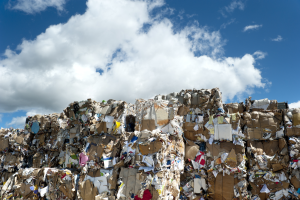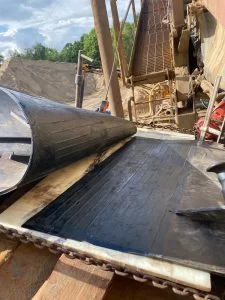A new data tool has been developed by a multidisciplinary team to help detect levels of human medicines in wastewater, and study the effect that they have on the environment. The ‘Pharmaceuticals in the Water Environment’ tool is designed to collate open access interactive data for river water, raw wastewater, and treated wastewater.
NHS Highland reports that the tool has been launched by the Scottish Environment Protection Agency (SEPA) in order to collect and monitor details about the variety and volume of pharmaceuticals in the environment. The tool will be used by scientists, academics, and health professionals to inform their research and work.
The tool was developed by a collaborative project between NHS Highland, SEPA, Scottish Water, and the University of the Highlands and Islands (UHI), and the innovation is a result of previous studies by the Centre of Expertise for Waters.
Most of the pharmaceuticals found in water systems enter via raw sewage from flushed toilets, as waste passing through the human body will contain a certain percentage of any medications the individual is taking. Some of the pollution is also due to people incorrectly disposing of old medicines directly down the sink or toilet.
About one in 10 people will dispose of unwanted medicines in this way, according to a 2021 survey, rather than taking to a pharmacy for safe disposal. This increases the volume of medicines which are found in raw sewage, and are not able to be processed by wastewater treatment works. Therefore, they enter natural watercourses and pollute the environment.
John Redshaw, SEPA Principal Specialist Scientist and an OHBP lead, said: “SEPA, as a founding member of the OHBP is pleased to have played a key role in the production of this data visualisation tool, which provides a very important step forward in addressing the discharge of medicines to Scotland’s water environment.”
He added: “SEPA is working with the OHBP and other UK partners to identify and prioritise the medicines that are presenting the greatest risks to our water environments and to explore ways in which such information might be used to inform prescribing of medicines and future regulatory standards.”
Pollution from medicines harms wildlife, and contributes to the growing problem of antimicrobial resistance.
Professor Stuart Gibb, Director of the Environmental Research Institute at UHI, said: “Pharmaceutical pollution of waters has become a globally recognised environmental issue.”
“We have been monitoring pharmaceuticals in natural and waste waters in Scotland for many years now, and have demonstrated their undesirable presence in some rural, as well as urban, water environments.”
He added: “This innovative tool, developed with our OHBP partners, will allow a better understanding of the relationships between the prescription of pharmaceuticals and their presence in natural waters. It should also therefore aid our ability to focus where and how interventions should be made to reduce pollution, and protect the integrity of our water resources.”
The new data tool may lead to new strategies and regulations around the prescribing and disposal of medicines in the UK.
If you are looking for belt cleaners, please get in touch today.




